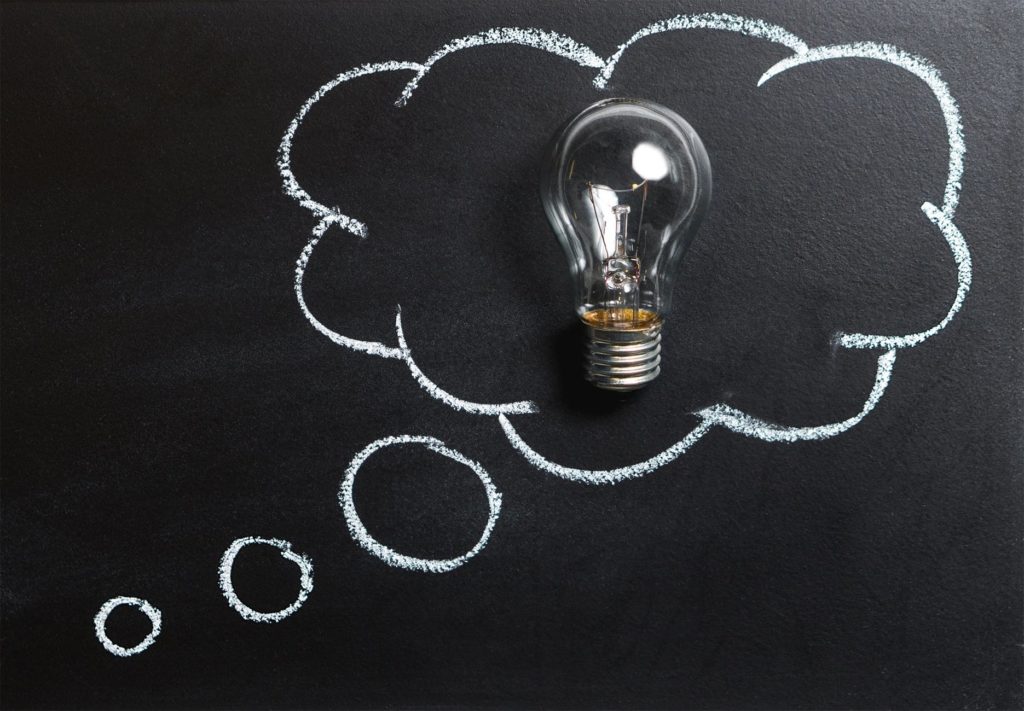
Several years ago, I led a codependency recovery group for women who had been in abusive relationships. Instead of the usual beginning group check-in, I decided to have the participants say only their name and how they felt in that very moment. As each individual struggled to find words for their feelings (“I’m okay”, “I’m good”, etc.), I became acutely aware of how something so simple could be incredibly difficult. That evening, the identification of feelings became the sole focus of the group. I printed out a feelings chart (typically used with children) to aid in the process of differentiating feelings from thoughts, judgments and other non-feeling states. We also discussed the importance of balancing thoughts with emotion, integrating two useful aspects of our human nature. As I brought my attention to how we identify feelings, I noticed that it wasn’t just difficult for codependent people to do, it was difficult for everyone to do.
Our ability to reason, perform abstract thinking and practice self-awareness are important tools in life. Additionally, our ability to feel helps us to move through changes in the environment and changes within ourselves and gives us information regarding what is potentially safe or dangerous. In the book, A General Theory of Love, the authors state, “Because limbic states can leap between minds, feelings are contagious, while notions are not”. While thoughts tend to be more confined to our individual perceptions, emotional states travel through our interpersonal relationships. The infant picks up on the subtlest of emotional states the mother experiences – she becomes fearful and the infant instantly feels the same. We are energized by a person’s joy and depressed by another’s suffering.
When discussing problems in therapy, I identify both the accompanying thoughts and feelings. The thoughts are distorted views of the self, others and the world (I’m unlovable, I have no control) The feelings are raw emotional states (fear, anger, sadness). Thoughts and feelings are different but interconnected, allowing us to weave the wisdom of analysis with the immediacy of sensation.
